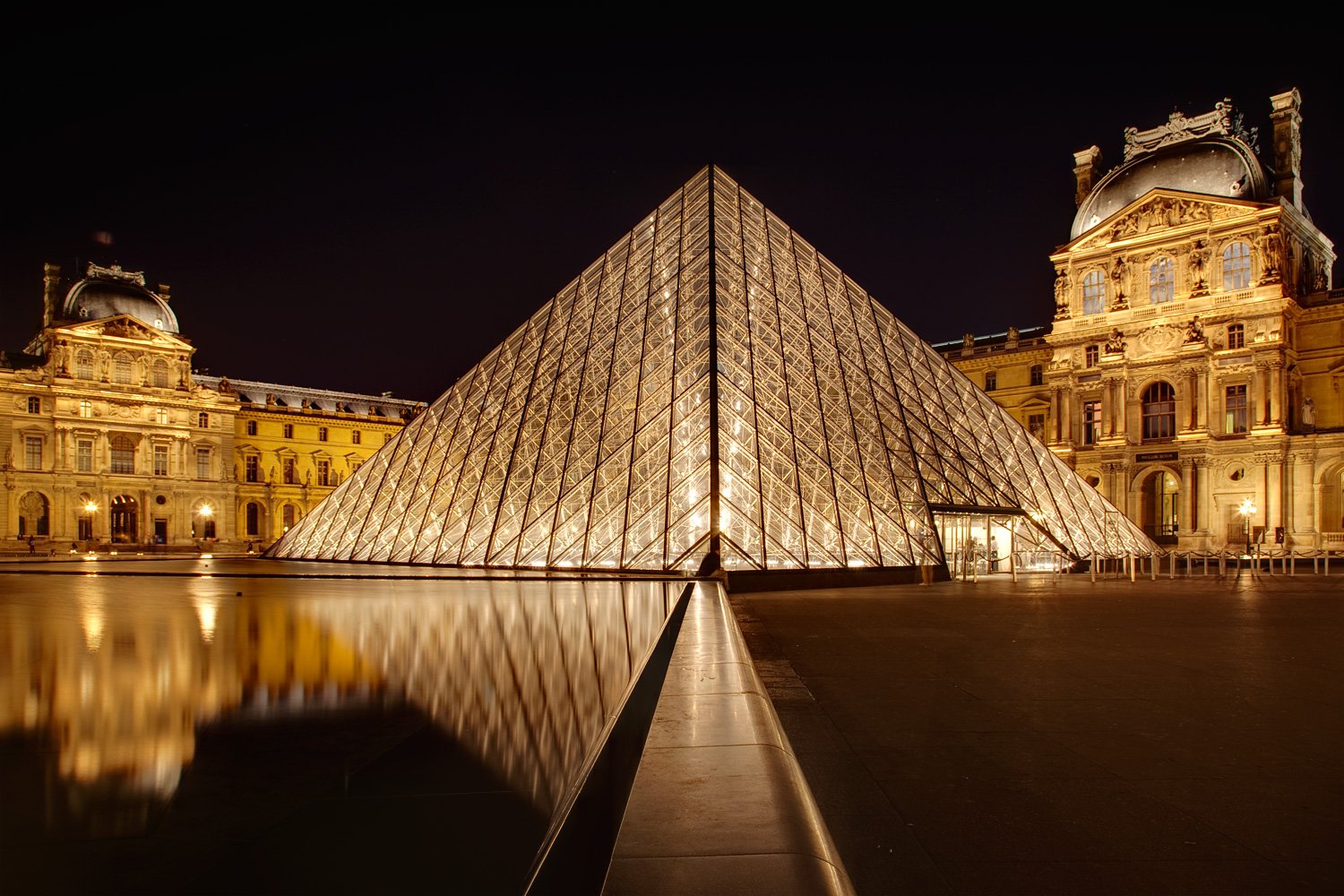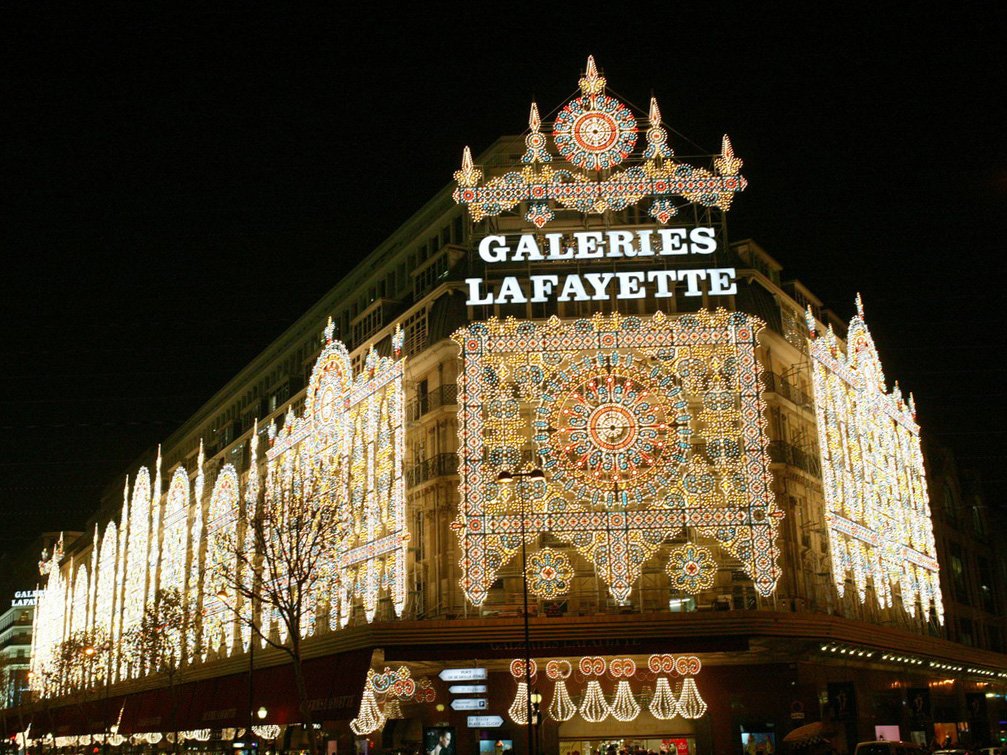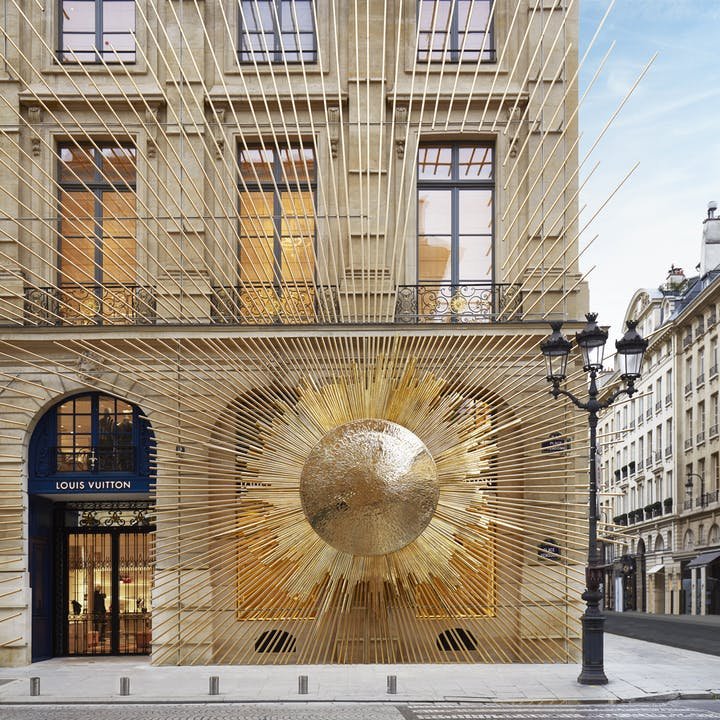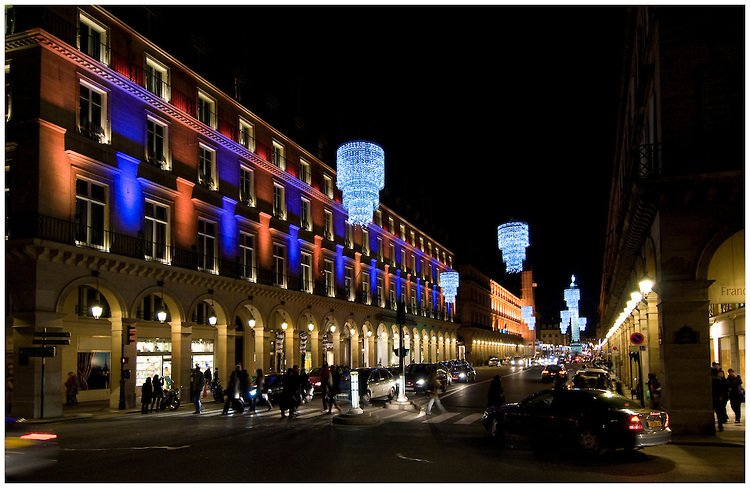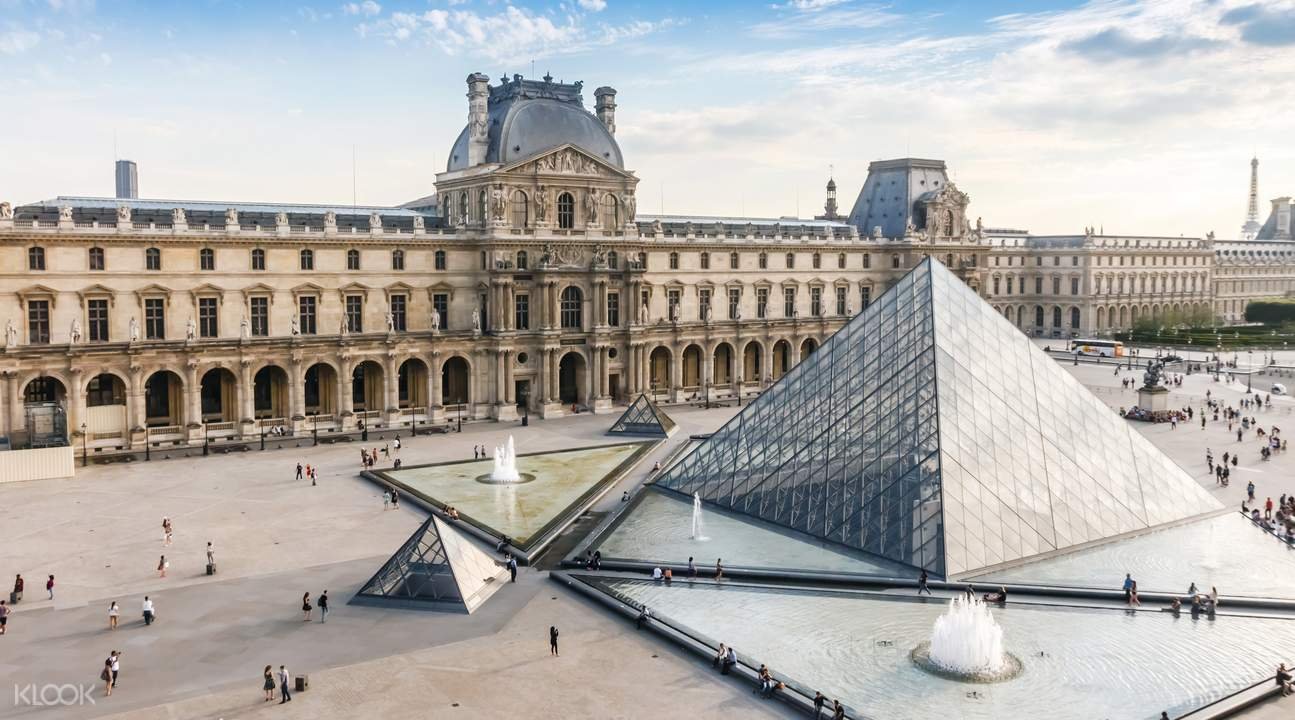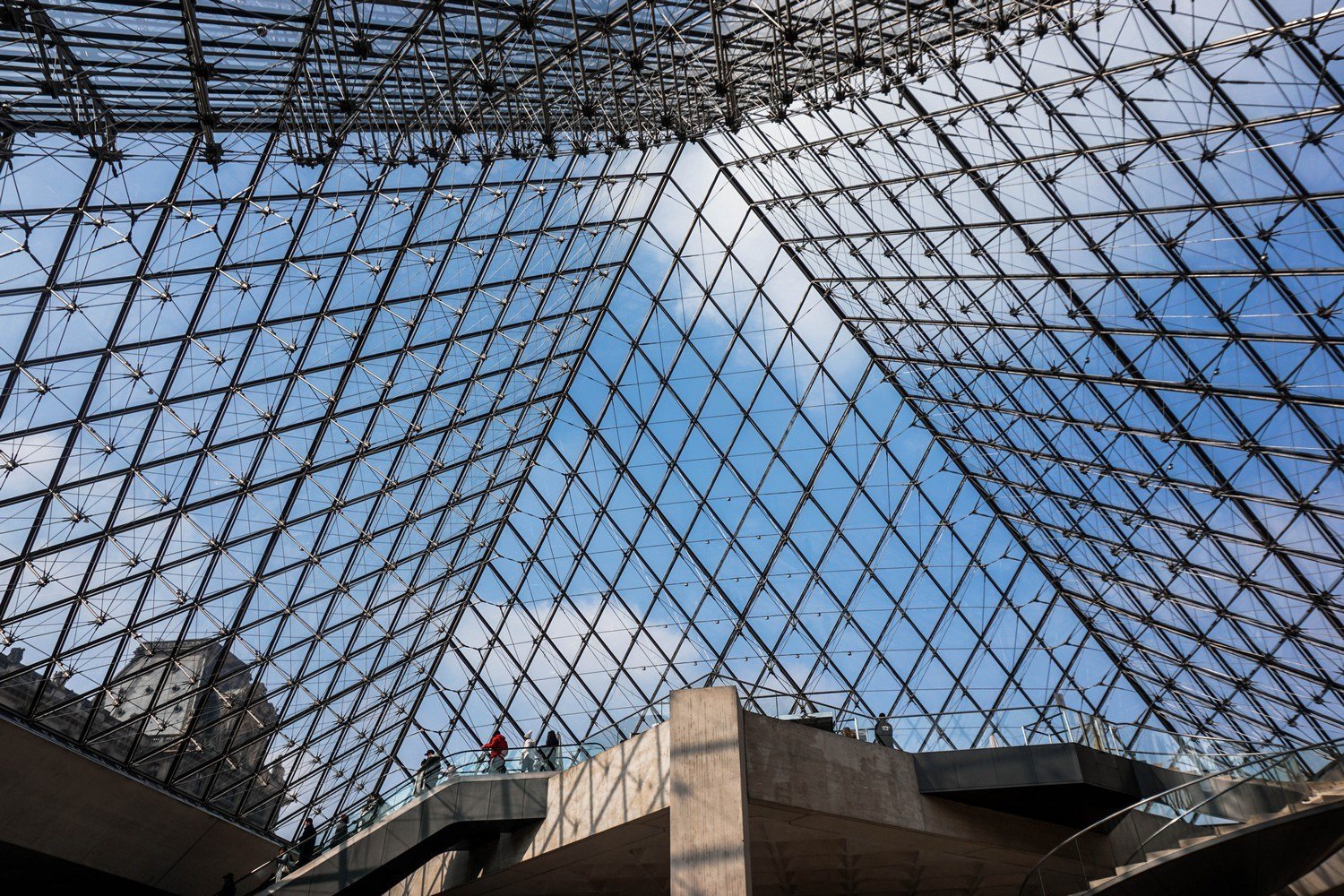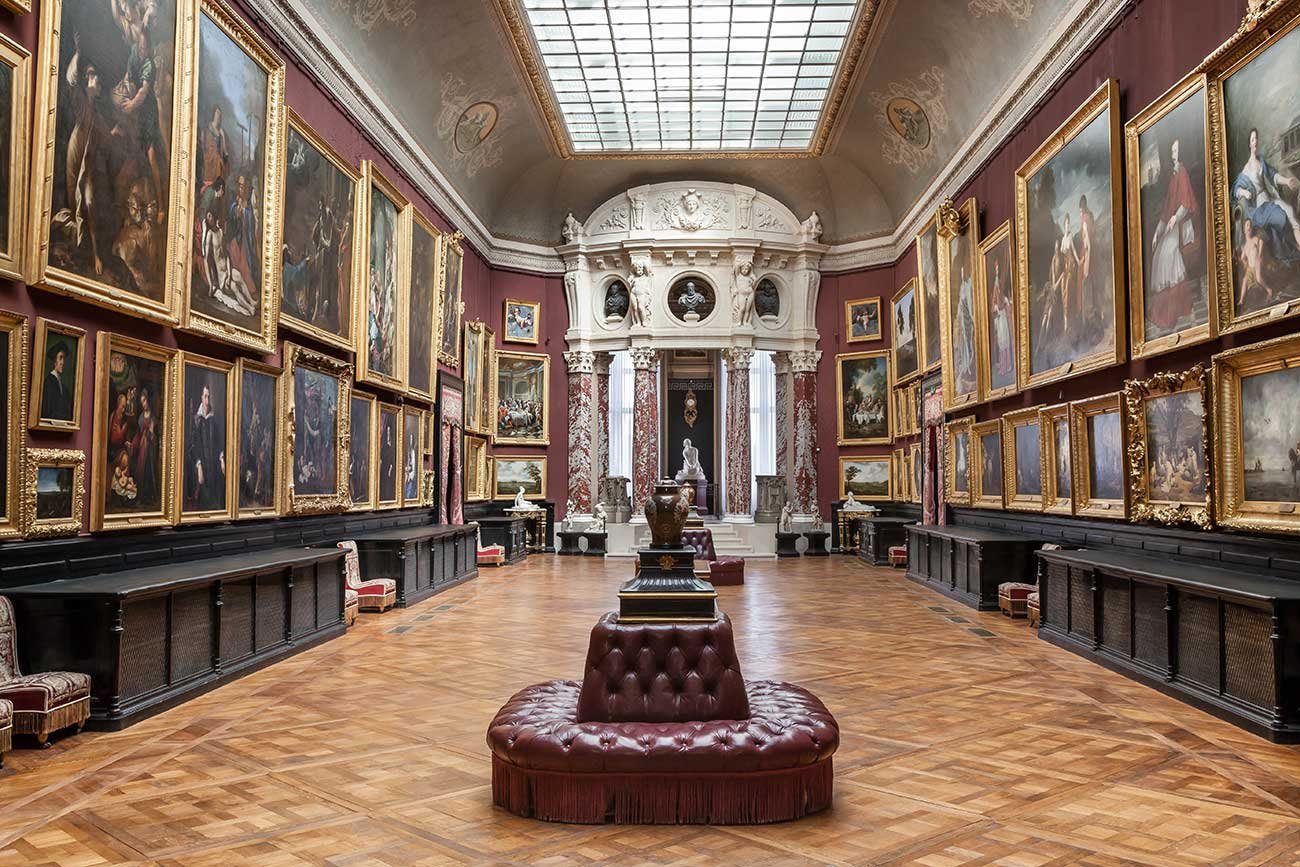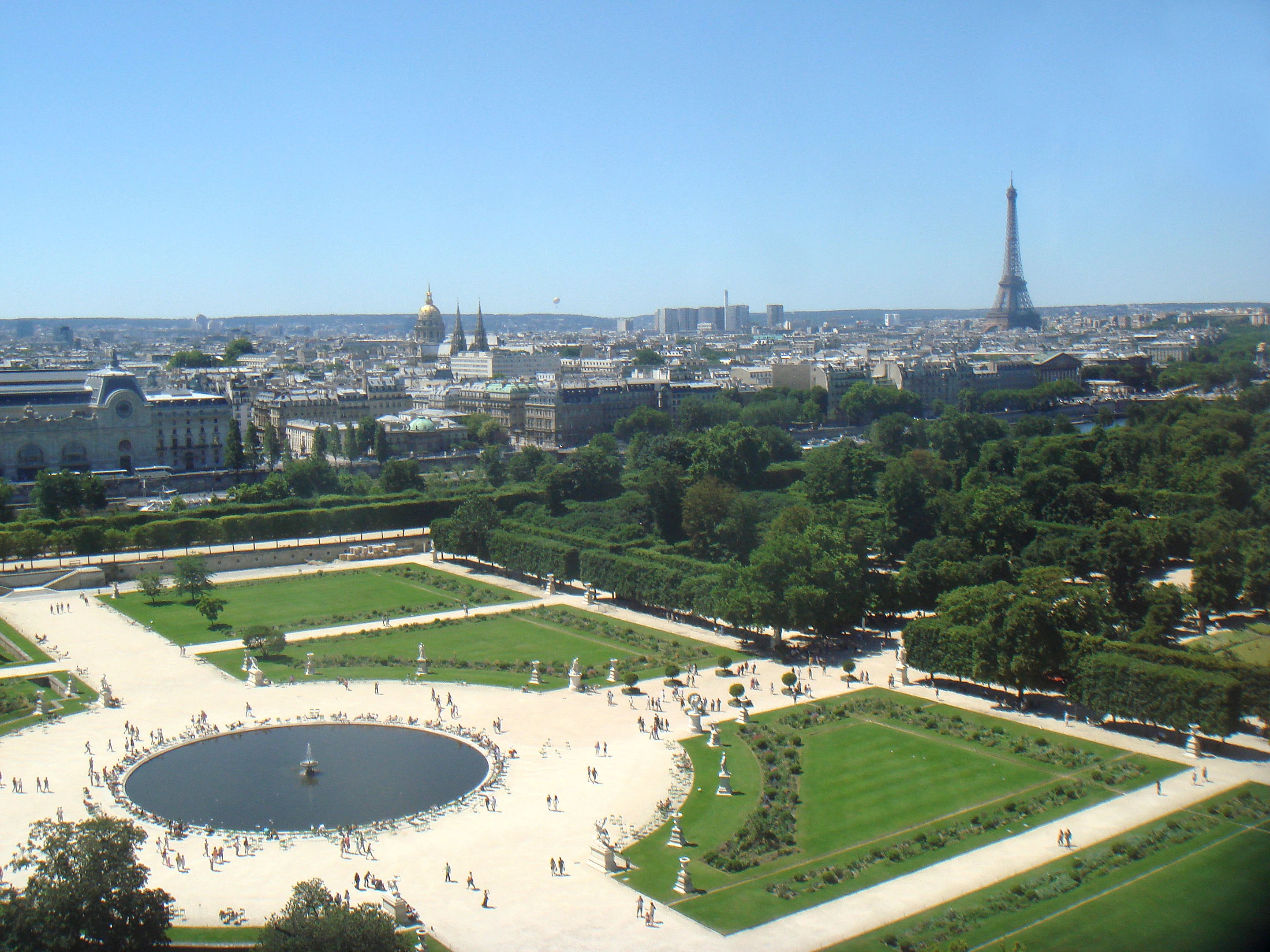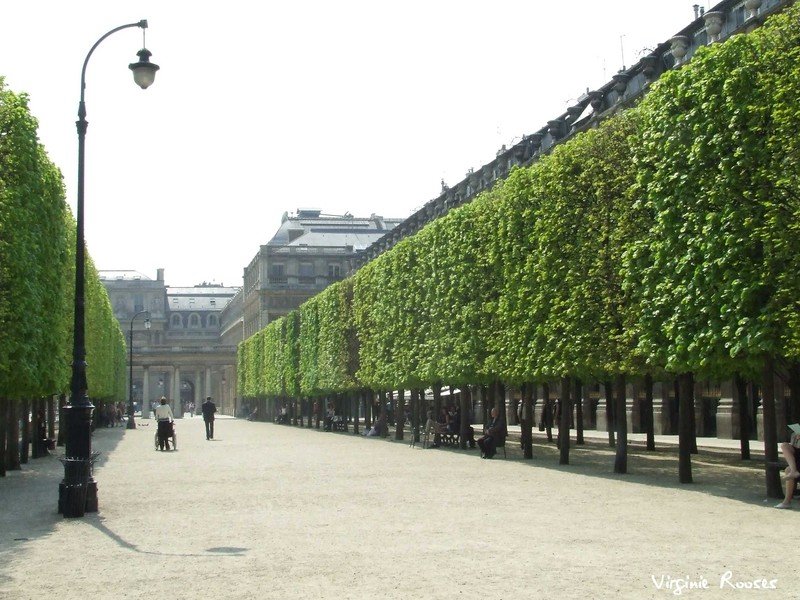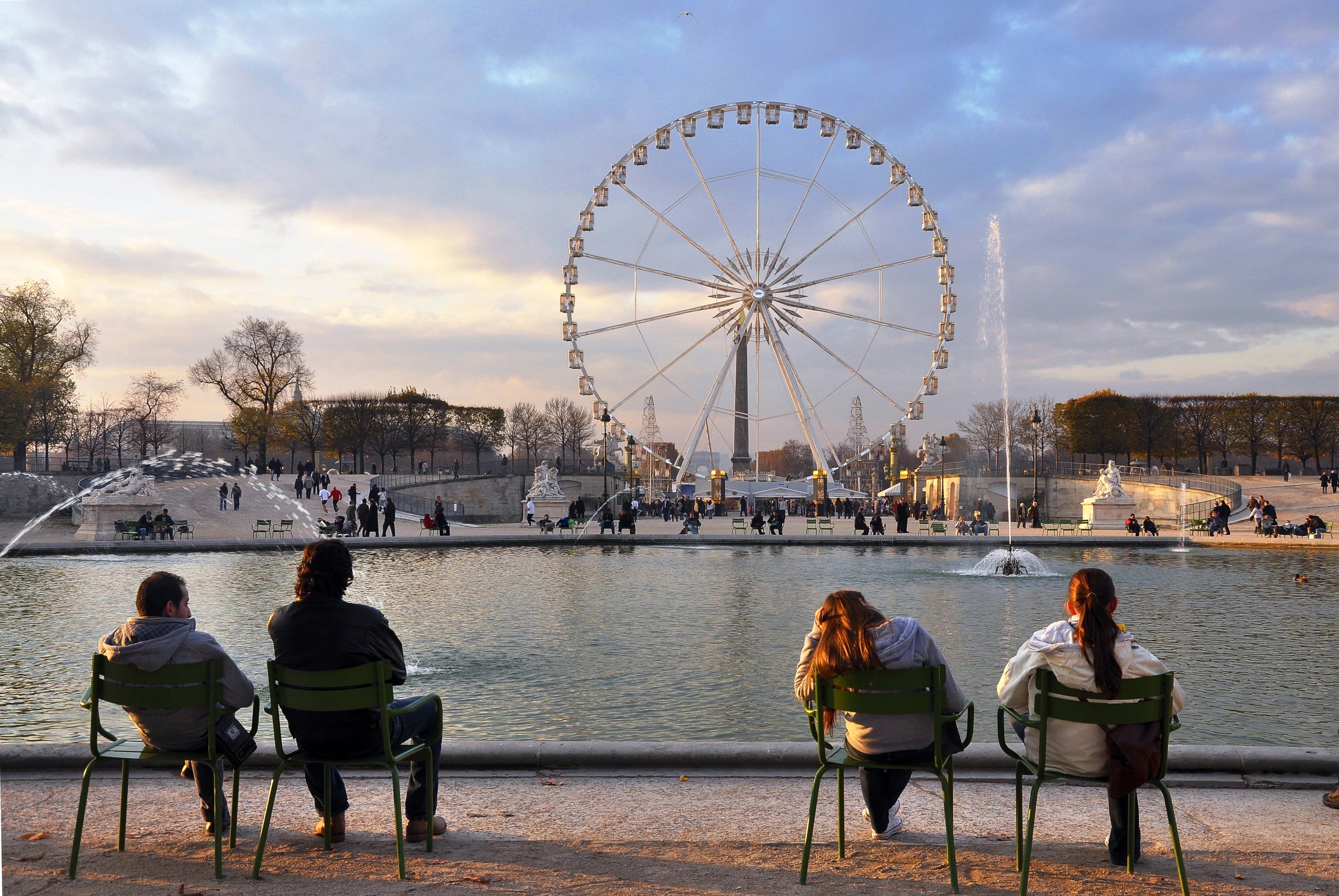The Louvre quartier
The most luxurious and historic neighbourhood of Paris, seconds away from Normandy Le Chantier
Visit
Louvre, Rivoli & Opera
Witness Paris in all its splendour. Admire the dome of the Opera, the rue Royale and rue de la Paix, luxury boutiques, famous brasseries, prestigious luxury hotels, the diamonds of place Vendôme, the famous Musée du Louvre, the Jardin du Palais-Royal, Jardin des Tuileries…The Parisian identity, intimately linked with this neighborhood is emblematic here. The big department stores, which illuminate the boulevard Haussmann and the luxury boutiques of Rue Saint-Honoré represent the epitome of French chic and Parisian elegance.
Shopping
Road
Department Stores, super hip fashion shops, English tailors, luxury boutiques are responsible for the fashion reputation of the Rue Saint-Honoré District. Around the Rue Saint-Honoré, you will find Haute-Couture Maison, ready-to-wear brands' flagships, jeweller's and clockmaker's of the rue de la Paix, and the two most famous French Department Stores on the boulevard Haussmann : the Galeries Lafayette and Printemps.
The Louvre Museum
The Louvre Museum, inaugurated in 1793, includes 554,731 works of which 35,000 are exhibited and 264,486 are graphic works. Located a few minutes from Normandy Le Chantier, the museum is immediately recognisable by the glass pyramid of its foyer. In 2018, with more than 8 million annual visitors, the Louvre is the most visited museum in the world. Among his most famous pieces are The Mona Lisa, The Venus of Milo, The Crouching Scribe, The Victory of Samothrace and the Code of Hammurabi.
Jardin des Tuileries
In the 13th century, the land of the Jardin des Tuileries represented tile factories. Later Queen Catherine de Medici built the Palais des Tuileries in 1564. André Le Nôtre, the famous gardener of King Louis XIV, re-landscaped the gardens in 1664 to give them their current French formal garden style. Afterward at the western corners of the garden, Napoleon III built two identical buildings: An "orangerie" in 1852, to the southwest, now hosting a museum of Modern Art called the Museé de l'Orangerie, and a Jeu de Paume, in 1861 , in the north-west, hosting a Museum of Contemporary Art, the National Gallery of Jeu de Paume. The garden also includes several statues from Cain, Maïllol, Gasq, Louis Lévèque, among others.

